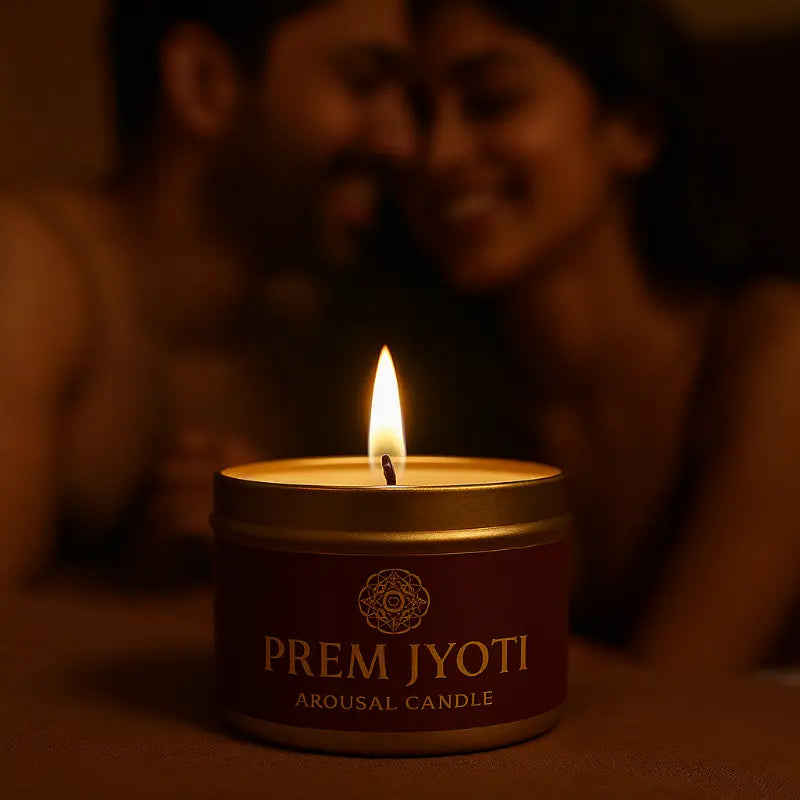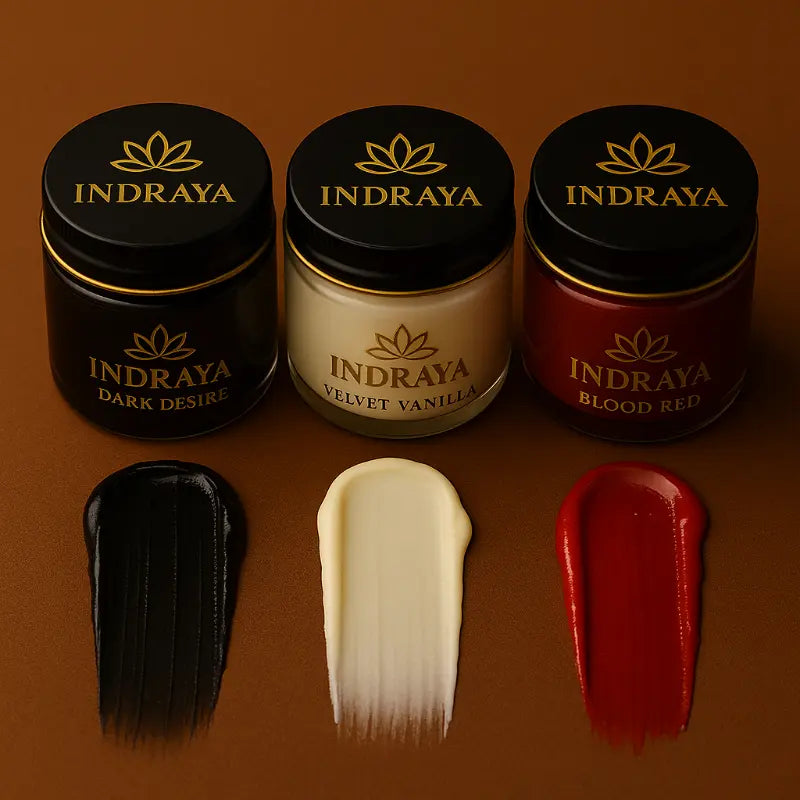Attachment Styles in Relationships: Secure, Anxious, Avoidant - A Practical Guide
Share
Quick summary: Your attachment style shapes how you connect, fight, and repair. Spot your pattern (secure, anxious, avoidant), use body-calming first, then clear “I feel / I need” scripts, set reconnection times, and build simple rituals. Safety first, then solutions.
Passion needs oxygen; relationships need safety. When couples understand attachment styles, communication softens, defenses drop, and connection becomes easier to keep. This guide gives you the “what, why, and exactly how” so you can navigate secure, anxious, and avoidant attachment with confidence.
What are attachment styles (and why do they matter)?
Attachment styles are patterned ways we seek closeness and handle stress in love. They influence intimacy, relationship communication, and how fast (or slow) we repair after conflict.
- Secure attachment: closeness feels safe; you name needs; repairs are quick.
- Anxious attachment: closeness feels urgent; you track shifts; reassurance soothes.
- Avoidant attachment: independence feels safe; you need space to reset; warmth on return rebuilds trust.
Styles aren’t “good” or “bad.” They are maps. Maps help you choose the right road.

Step 1: Quick self-checks (spot your style fast)
Secure signs
- Closeness is easy
- You say what you need
- Fights repair fast
- You trust the bond
If this sounds like you, you’re likely secure.
Anxious signs
- You notice tiny mood shifts
- You fear distance and delayed replies
- Plans changing can trigger spirals
- You seek frequent reassurance
If this fits, you are likely anxious.
Avoidant signs
- Too much closeness feels heavy
- You value independence and solo time
- You shut down when pressed
- You need space to think and return
If this resonates, you are likely avoidant.
Step 2: Body first, then words (the physiology shortcut)
When emotions rise, calm the body to keep talks kind.
- Sync breath: in 4, out 6, three rounds
- Anchor: feet down, hand to heart or shoulder
- Warm touch (consensual): hold hands 20 seconds
Mini-ritual: three breaths → one appreciation → one clear need → agree a time to revisit.
Step 3: Secure, Anxious, Avoidant: how to deal with each (scripts + rituals)
If you’re Secure (or aiming to be)
Your edge: steadiness, repair, clarity
Use it like this
- Model calm check-ins: “I’ll text when I leave, see you by 8.”
- Name needs early: “I want a quiet evening together.”
- Offer reassurance without over-functioning: “I’m here. We’ll sort it.”
Tiny ritual: Weekly date + 10-minute debrief (“What worked this week? One tweak for next week.”)
Quick script:
“I feel overwhelmed by late nights. I need two evenings home this week. Can we plan Tuesday and Friday?”
If you’re Anxious
Core need: closeness and consistency
What helps
- Soothe first (breath) before texting
- Send one clear request, not ten pings
- Ask for tangible anchors: time, plan, contact
Tiny ritual: “Daily 7 pm check-in” + 10-second hug on reunion
Quick scripts
- “I feel wobbly when plans change last-minute. I need a quick update and a new time.”
- “I feel unsure when I don’t hear from you. A short check-in at 7 would calm me.”
Watch-outs: protest behaviours (jealousy pokes, silent treatment). Replace with direct asks.
If you’re Avoidant
Core need: space with safety, then warm return
What helps
- Share your rhythm upfront: when you’ll step away and when you’ll be back
- Offer reassurance before space; return as promised
- Keep intimacy in digestible doses (quality > quantity)
Tiny ritual: “Solo hour after work” → reconnection by 8 → tea + 5 minutes of talk
Quick scripts:
- “I’m flooded. I need 30 minutes alone. Back at 8 to talk properly.”
-
“I love time with you; I also need quiet to reset. After my solo hour, I’m all yours.”
Watch-outs: deactivating strategies (nitpicking, disappearing). Replace with time-bound space + warm reconnection.
Step 4: When styles mix (the anxious–avoidant loop)
One seeks closeness; one seeks space. Signals cross. Both protect safety.
Shared playbook
- Pause and name the need under the behaviour (closeness vs. space)
- Use time anchors: “Back by 8, then we talk.”
- Swap signals: the space-seeker offers a return-time; the closeness-seeker offers a soft landing (no ambush)
- Repair quickly: one appreciation + one next step
Repair script (both)- “I feel tense. I need 20 minutes to settle. Back at 8. Thank you for waiting—let’s start with what matters most.”

Step 5: Boundaries, emotional safety, and intimacy (make it sustainable)
Boundaries protect energy; emotional safety protects love.
- Private zone for two: some topics stay between partners
- Clear edges: “We’ll join at 7 and leave by 9.”
-
Aftercare: tea, short walk, or a quiet cuddle after hard talks
Sensory ritual (tonight)
- Candle + jasmine or sandalwood
- Three breaths together
- Trade lines: “I felt ___ today.” “I need ___ tonight.”
- Gentle touch for 5 minutes (hands, shoulders, feet)
Try with: Massage Candle Ritual • Intimacy Dice • Chocolate Paint
Cheat sheet: phrases that work
- “I feel ___; I need ___; can we ___?”
- “I’m overwhelmed. I need 20 minutes. Back at 8.”
- “Thank you for the check-in—helped a lot.”
- “I want closeness and I respect your space. What time works to reconnect?”
- “Let’s take three breaths and begin.”
Clear beats loud. Kind beats right.
FAQs
1) Can attachment style change?
Yes. With consistent safety, good boundaries, and reliable repair, people shift toward secure.
2) Is one attachment style better?
No. Each style protected you once. The goal is flexibility and repair.
3) How do we stop repeat arguments?
Pre-talk ritual, one topic at a time, end with appreciation and a plan.
4) We’re anxious + avoidant. Any hope?
Absolutely. Time-bound space + warm reassurance + fast repair breaks the loop.
5) What if trauma is in the mix?
Work with a trauma-informed therapist. Body-based tools (breath, movement, EMDR, yoga) help restore safety.




